2018-04-20 by Jun Tai
The advantages of the vane pump are: smooth operation, small pressure pulsation, low noise, compact structure, small size and large flow. The disadvantages are: high requirements on oil, such as impurities in the oil, the blade is easily stuck; compared with the gear pump, the structure is more complicated. It is widely used in special machine tools in mechanical manufacturing, automatic lines and other medium and low pressure hydraulic systems. The pump has two configurations: one is a single-acting vane pump and the other is a double-acting vane pump.
1. Single acting vane pump
The working principle of the single-acting vane pump is shown in Fig. 2-10. The single-acting vane pump is composed of the rotor 1, the stator 2, the vane 3 and the end cover. The stator 2 has a cylindrical inner surface with an eccentricity e between the stator 2 and the rotor 1. The vane 3 is mounted in the rotor slot and is slidable within the slot. When the rotor 1 is rotated, the blade 3 abuts against the inner wall of the stator due to the centrifugal force. Thus, a plurality of sealed working spaces are formed between the stator 2, the rotor 1, the vanes 3 and the oil distribution plates on both sides. When the rotor 1 is rotated counterclockwise, in the right part of Fig. 2-10, the blade 3 is gradually extended, the space between the blades is gradually increased, and the oil is sucked from the oil suction port, which is the oil suction chamber. In the left part of Fig. 2-10, the blade 3 is gradually pressed into the groove by the inner wall of the stator, and the working space is gradually reduced, and the oil is pushed out from the pressure port, which is the pressure oil chamber.
There is a section of oil sealing between the oil suction chamber and the oil pressure chamber to separate the oil suction chamber from the oil pressure chamber. Each time the vane pump is rotated, each working chamber completes an oil absorption and pressure oil, so it is called a single-acting vane pump. As the rotor 1 rotates continuously, the pump continuously draws oil and drains oil.
By changing the amount of eccentricity of the rotor 1 and the stator 2, the flow rate of the pump can be changed. The larger the eccentricity, the larger the flow rate. If the rotor 1 and the stator 2 are adjusted to be almost concentric, the flow rate is close to zero. Therefore, single-acting vane pumps are mostly variable pumps.
There is also a pressure limiting variable displacement pump. When the load is small, the pump output flow is large, the actuator can move quickly; when the load increases, the pump output flow becomes less, the output pressure increases, and the actuator speed decreases. This reduces energy consumption and avoids oil temperature rise.
2. Double acting vane pump
The working principle of the double-acting vane pump is shown in Figure 2-11. The inner surface of the stator is approximately elliptical, and the rotor 1 and the stator 4 are concentrically mounted, and two oil absorption zones and two pressure oil zones are symmetrically arranged. Each time the rotor 1 is rotated, the oil absorption and oil pressure are completed twice. Double acting vane pumps are mostly dosing pumps. The structure of the vane pump is more complicated than that of the gear pump, but its working pressure is high, the flow pulsation is small, the work is stable, the noise is small, and the service life is long. Therefore, it is widely used in medium and low pressure hydraulic systems such as special machine tools and automatic lines in mechanical manufacturing. However, its structure is complicated, its oil absorption characteristics are not so good, and it is also sensitive to oil pollution.
There is also a double vane pump which is assembled in a pump body by two sets of single-stage vane pump rotors, stators, vanes and oil distribution discs, which are driven by the same drive shaft and have a common suction port. And 2 separate drains. At low pressure, the two pumps supply a large amount of oil at the same time, and the system can move quickly and lightly. When the high pressure is high, the large pump is unloaded through the unloading valve to reduce the power loss. The small pump supplies oil separately, and the system is heavy and slow to work.
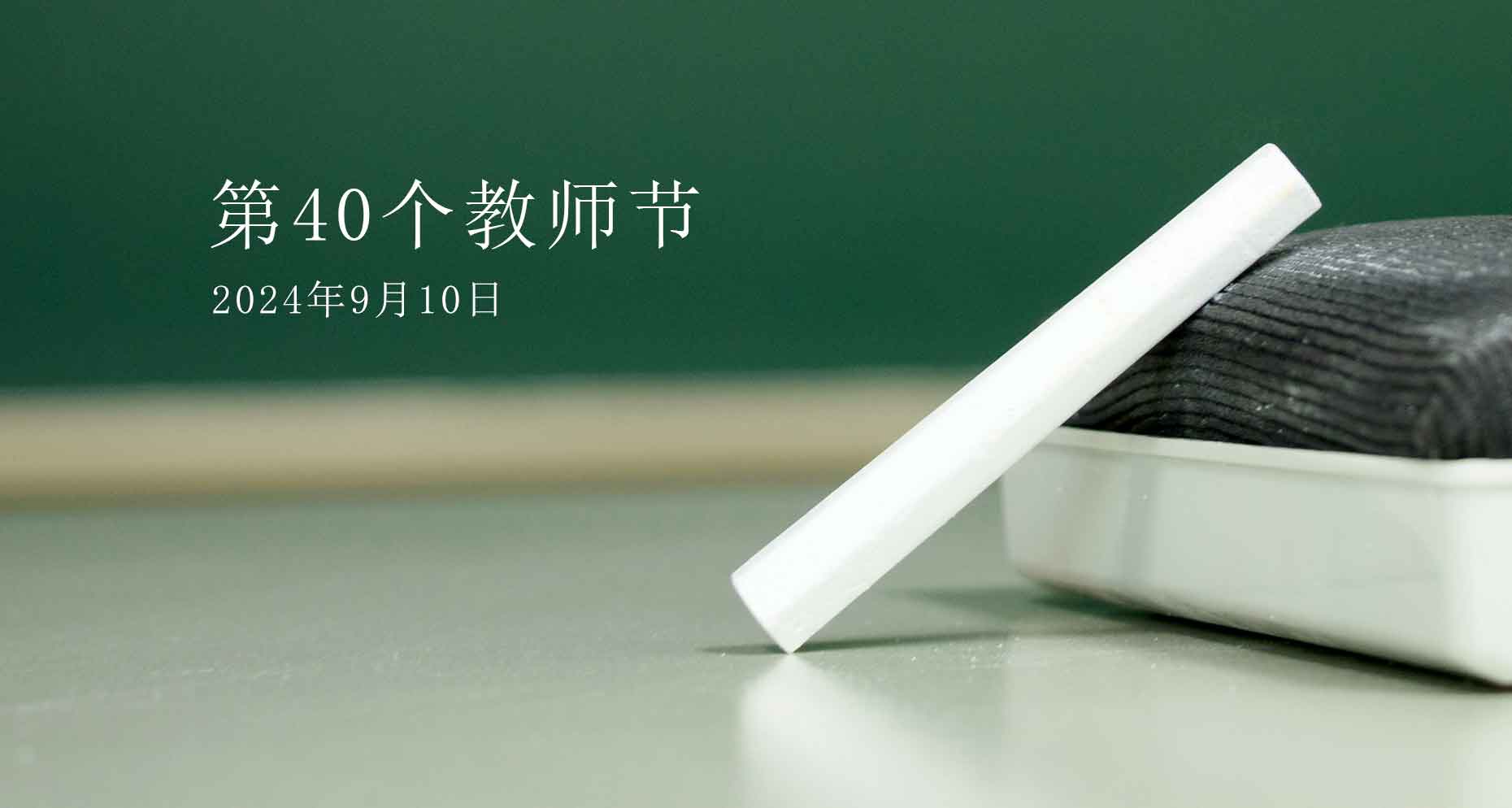
Teacher's Day: Salute to every guide in life!
2024-09-10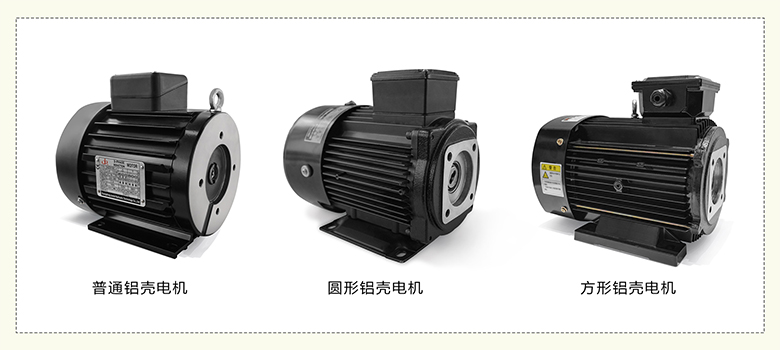
Juntai aluminum shell motor: the cost-effective choice!
2024-08-15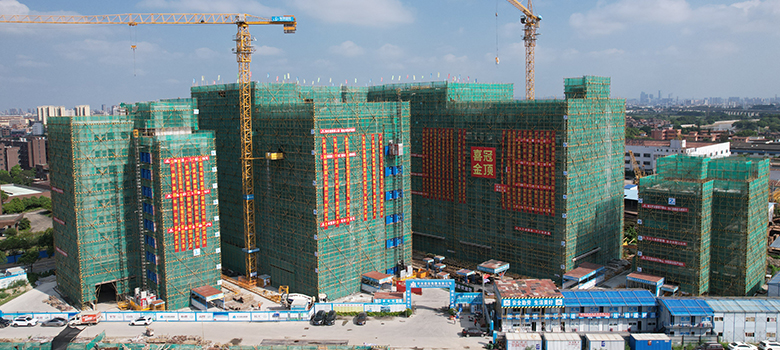
Craftsmanship Precision Casting Wedding Seal Gold Item | Juntai Hydraulic Capping Ceremony Successfully Completed!
2024-08-12
On Army Day, we pay tribute to the glorious years of August 1st!
2024-08-01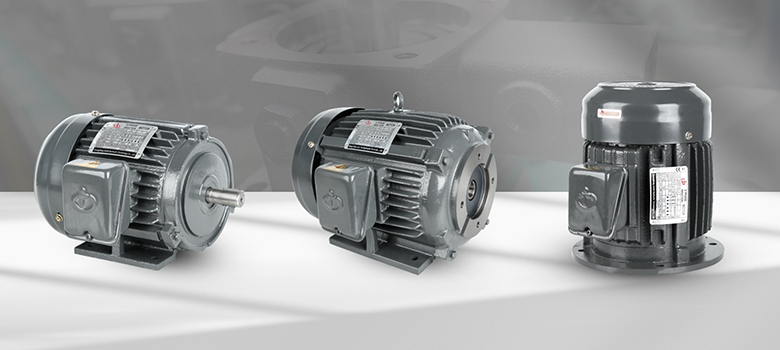
Juntai internal mesh gear pump: energy-saving first choice!
2024-07-31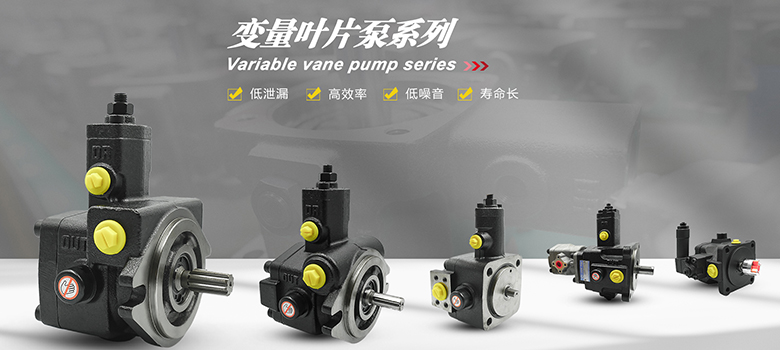
Juntai hydraulic pump: the source of power, energy-saving first choice!
2024-07-18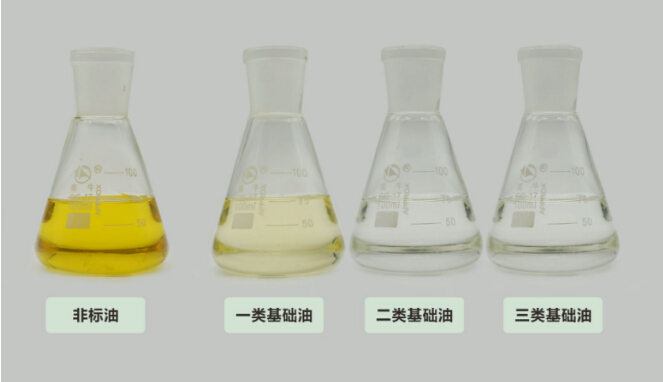
What is the difference between low-priced hydraulic oil and genuine hydraulic oil?
2018-06-29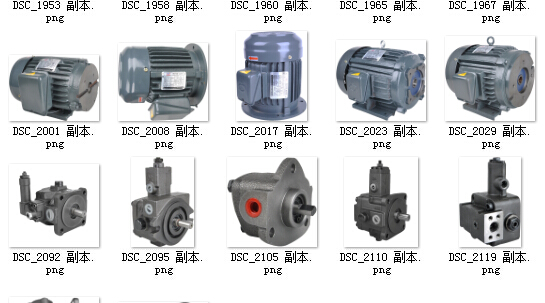
Common faults in the operation of hydraulic components
2018-06-29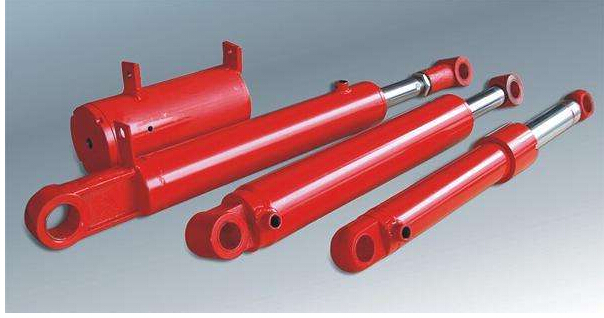
There are several points in the role of the hydraulic cylinder guard!
2018-06-29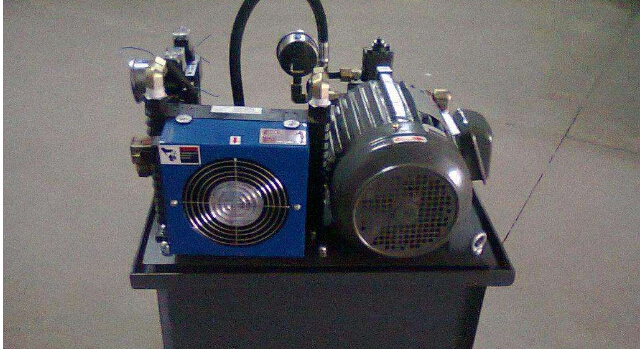
Analysis of the cause of the leakage of the hydraulic system
2018-06-29